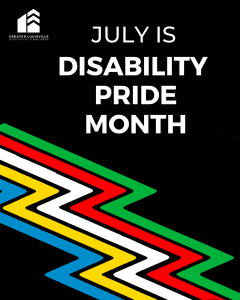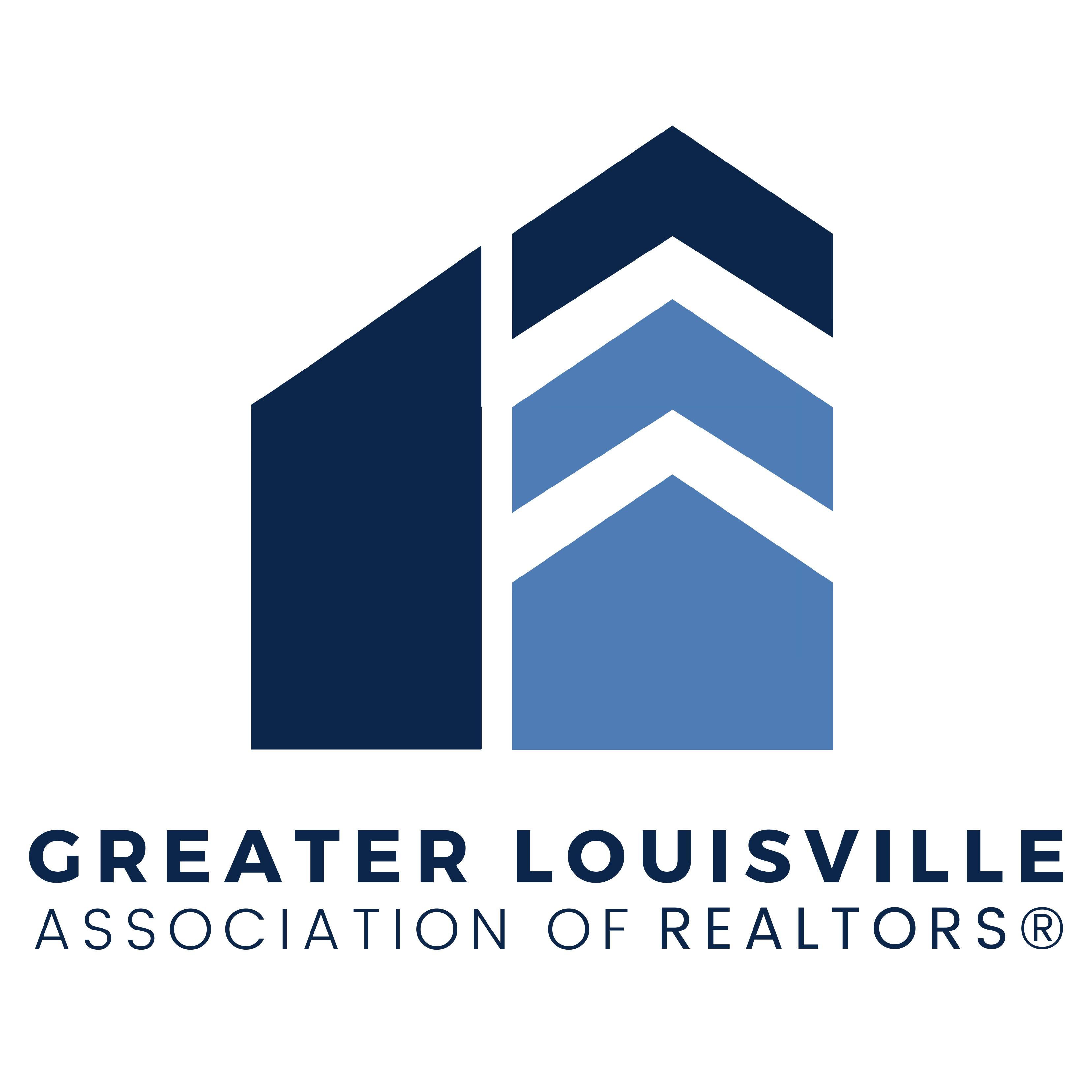Disability Pride Month: Unlocking Doors

What is Disability Pride Month?
July is Disability Pride Month! This year we are celebrating its 35th anniversary! Disability Pride Month began following the passing of the Americans with Disabilities Act (ADA) on July 26, 1990, which prohibits discrimination against people with disabilities.
Why it’s Important to Celebrate Disability Pride Month
Celebrating Disability Pride Month honors the strength, diversity, and contributions of the disability community. It raises awareness about ongoing barriers while reinforcing the importance of equity, access, and inclusion in all aspects of life—including housing. By recognizing this month, we help amplify voices, challenge stigma, and work toward a more inclusive future for everyone.
Learn More About the Disability Pride Flag
The Disability Pride Flag was created by Ann Magill, a member of the disabled community, and each of its elements symbolizes a different part of the community.
The Black Background: Represents the disabled people who have lost their lives not only to their illness but also to negligence, suicide and eugenics.
Each color on the flag represents a different aspect of disability or impairment.
• Red: Physical disabilities
• Yellow: Cognitive and intellectual disabilities
• White: Invisible and undiagnosed disabilities
• Blue: Mental illness
• Green: Sensory perception disabilities
Fair Housing & Disability
The Fair Housing Act prohibits discrimination in housing and housing-related transactions because of disability.
Various federal laws require housing providers to make reasonable accommodations and reasonable modifications for individuals with disabilities. These laws also prohibit housing providers from refusing residency to persons with disabilities or placing conditions on their residency because they require reasonable accommodations or modifications.
Four Facts on Disability
- Disability rights are civil rights.
- A disability is defined as a physical or mental impairment that substantially limits one or more major life activities.
- According to the CDC, 27%, or 1 in 4 Americans, have some sort of disability. This includes intellectual disabilities, physical disabilities, sensory disabilities and mental illness.
- Federal nondiscrimination laws require housing providers to grant requests for reasonable accommodations and modifications in housing, programs and activities.
Addressing Someone with a Disability
When addressing someone or a group of people with a disability, is it appropriate to say “disabled people” or “people with disabilities?”
According to the Employer Assistance and Resources Network on Disability Inclusion, also known as EARN, “Person-first language emphasizes the person before the disability, for example, ‘person who is blind’ or ‘people with spinal cord injuries.’ Identity-first language puts the disability first in the description, e.g., ‘disabled’ or ‘autistic.’ Person-first or identity-first language is equally appropriate depending on personal preference. When in doubt, ALWAYS ask the person which they prefer.”
NAR Resources & Reporting a Disability Housing Violation to Discrimination
To report any disability housing violation or any housing discrimination, visit HUD’s website.
